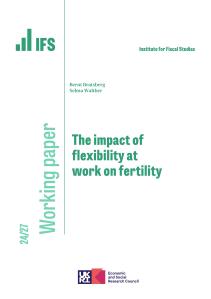We document key patterns in the flow of significant gifts and loans between friends and family in Great Britain, using newly-available data from the Wealth and Assets Survey. We identify a number of new stylised facts. Gifts and loans are generally intergenerational transfers: 83% of the value of gifts and 68% of the value of loans is made by parents to their children. Transfers increase inequality in economic resources over the early years of adult life. Over an 8-year period, cumulative transfers received are worth 0.5% of income for those in the bottom quintile compared to 2.6% of income for the top quintile. By contrast, they are larger as a share of current wealth for those with lower wealth levels, illustrating the importance of heterogeneous savings rates. Transfers strengthen the transmission of inequalities across generations. More than half of the value of gifts is given by the wealthiest fifth of individuals, and transfer receipt widens the gaps in resources between those with higher and lower socio-economic status parents in both absolute and percentage terms. There are substantive differences in the receipt of transfers by region and ethnicity. While much of the regional differences in giving appear to be driven by regional wealth differences, those in the South of England are substantially more likely to give gifts for a given wealth level.









